Meet Anita Sneideraitis | Interior Designer


We had the good fortune of connecting with Anita Sneideraitis and we’ve shared our conversation below.
Hi Anita, can you walk us through the thought-process of starting your business?
I felt a strong need to create a business that bridges the gap between design vision and the realities of residential construction. I founded my interior design business with a mission: to bring thoughtful, functional, and beautiful interiors to life by working hand-in-hand with the builders and tradespeople who make it all possible.
Design doesn’t exist in a vacuum, every choice we make on paper has to translate seamlessly on-site. I wanted to be involved in every stage of the process, not just selecting finishes or creating mood boards, but collaborating early on with architects, contractors, electricians, millworkers, and other skilled trades. This hands-on, integrated approach ensures that what’s designed is actually buildable, efficient, and aligned with the client’s lifestyle and budget.
By starting my own business, I can create this collaborative environment and I am deeply involved in each project. It gives me the freedom to develop strong relationships with trades and vendors, foster trust through consistent communication, and advocate for design solutions that are not only beautiful, but also smart, durable, and well-executed.
Ultimately, my goal is to create homes that feel intentional from the inside out by being intimately involved in the construction process.
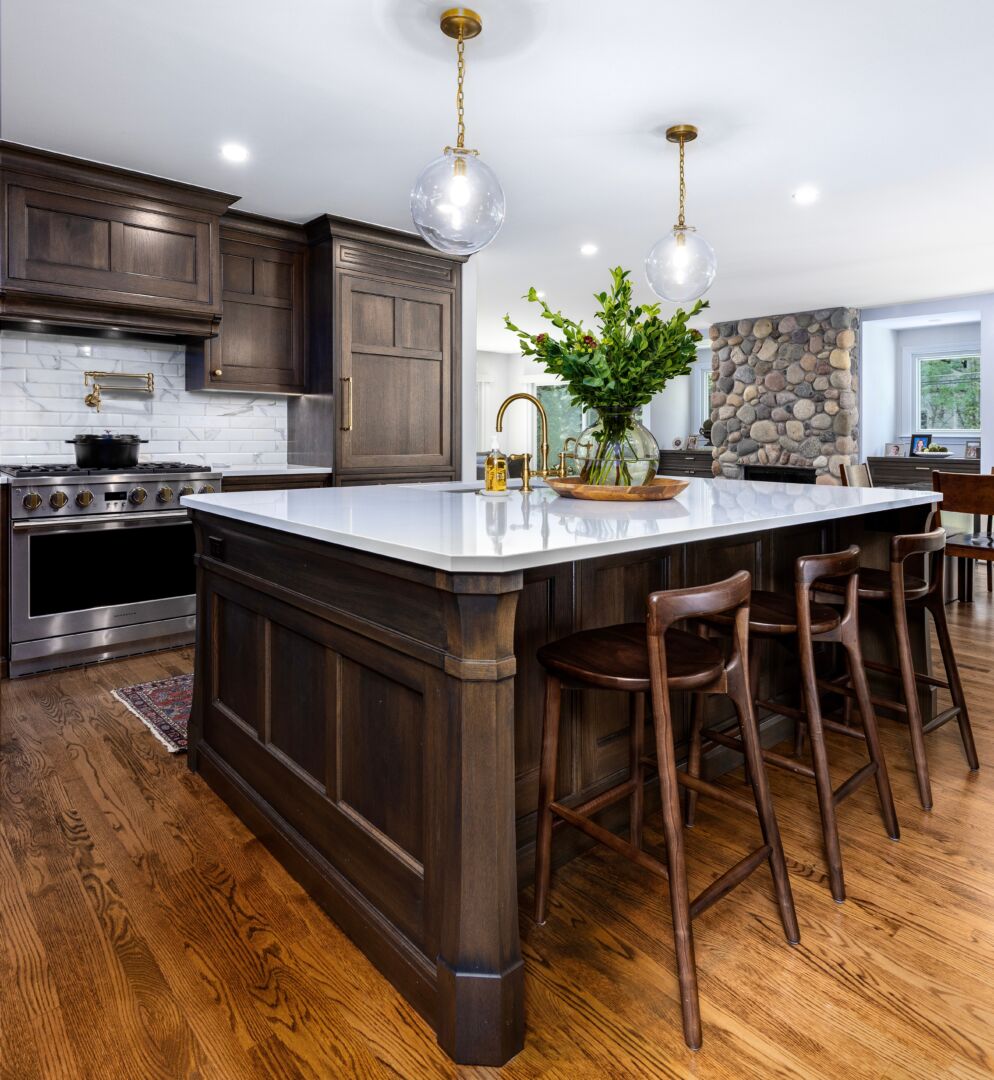
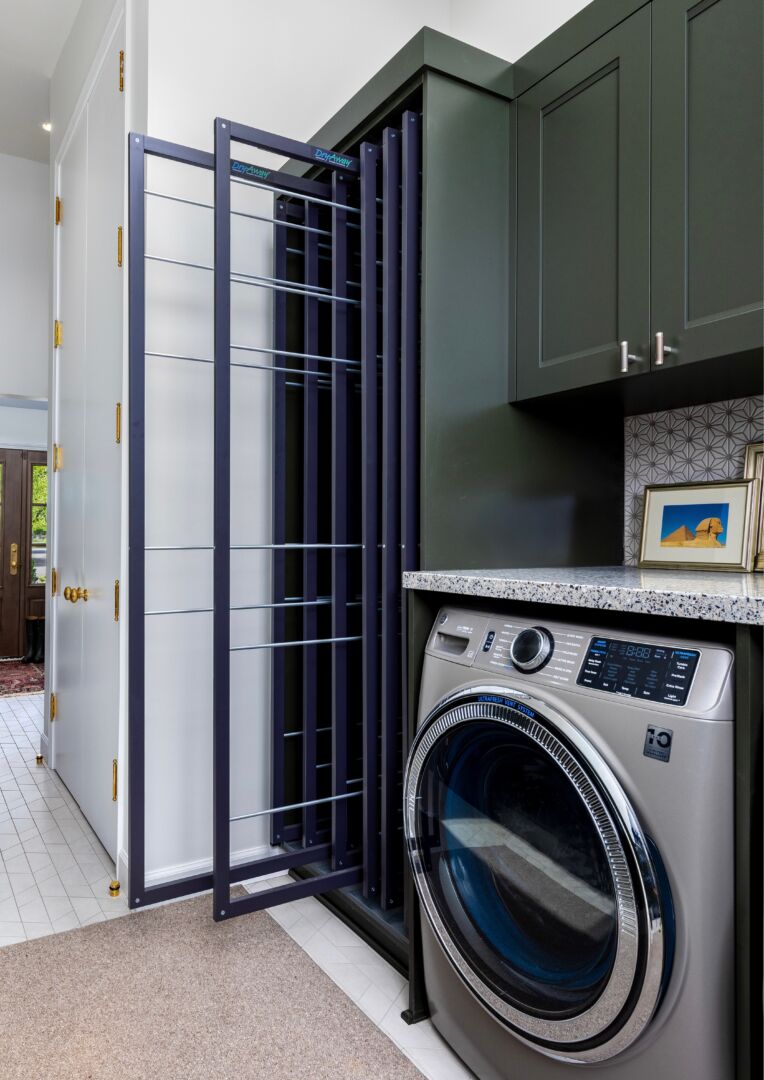
Can you give our readers an introduction to your business? Maybe you can share a bit about what you do and what sets you apart from others?
An interior designer who works closely with the trades acts as both a visionary and a project partner—bridging the gap between design and construction to bring spaces to life with precision, collaboration, and craftsmanship. It’s a more integrated, grounded, and results-driven way of designing homes.
Here’s what distinguishes this approach:
1. Real-Time Problem Solving
Designs often evolve once construction is underway. A designer on-site can respond quickly to unexpected challenges—whether it’s a framing issue, a material shortage, or a layout conflict—and collaborate with trades to find smart, timely solutions without compromising the design vision.
2. Buildable Design from the Start
Working closely with the trades means design decisions are made with construction realities in mind. From wall thickness to plumbing access to electrical load, every choice is considered through the lens of how it will actually be built. This results in fewer delays, fewer change orders, and a more efficient process.
3. Stronger Communication Loop
A field-engaged designer becomes a central communicator between the client, builder, and subcontractors. This ensures alignment at every phase—design intent isn’t just handed off; it’s carried through every step of the build.
4. Trusted Trade Relationships
Designers who collaborate directly with skilled trades often build long-term relationships based on mutual respect. This fosters smoother workflows, higher quality installations, and a shared commitment to the success of the project.
5. Elevated Client Experience
Clients benefit from knowing their designer is not only making creative decisions, but also actively managing details on-site. This hands-on involvement reduces stress, increases trust, and delivers a final result that feels intentional and cohesive—down to the last detail.
Building my business was not easy, it takes a lot of hands on experience and commitment. I’ve overcome challenges by discussing the struggles with other business owners, listening, learning and encouraging one another. Laughing and setting realistic expectations has been my main goal in managing my business. I’ve learned that this experience is less about success and more about people. I would like everyone to know that my brand represents each of my clients and the contractors who bring all their ideas to life.
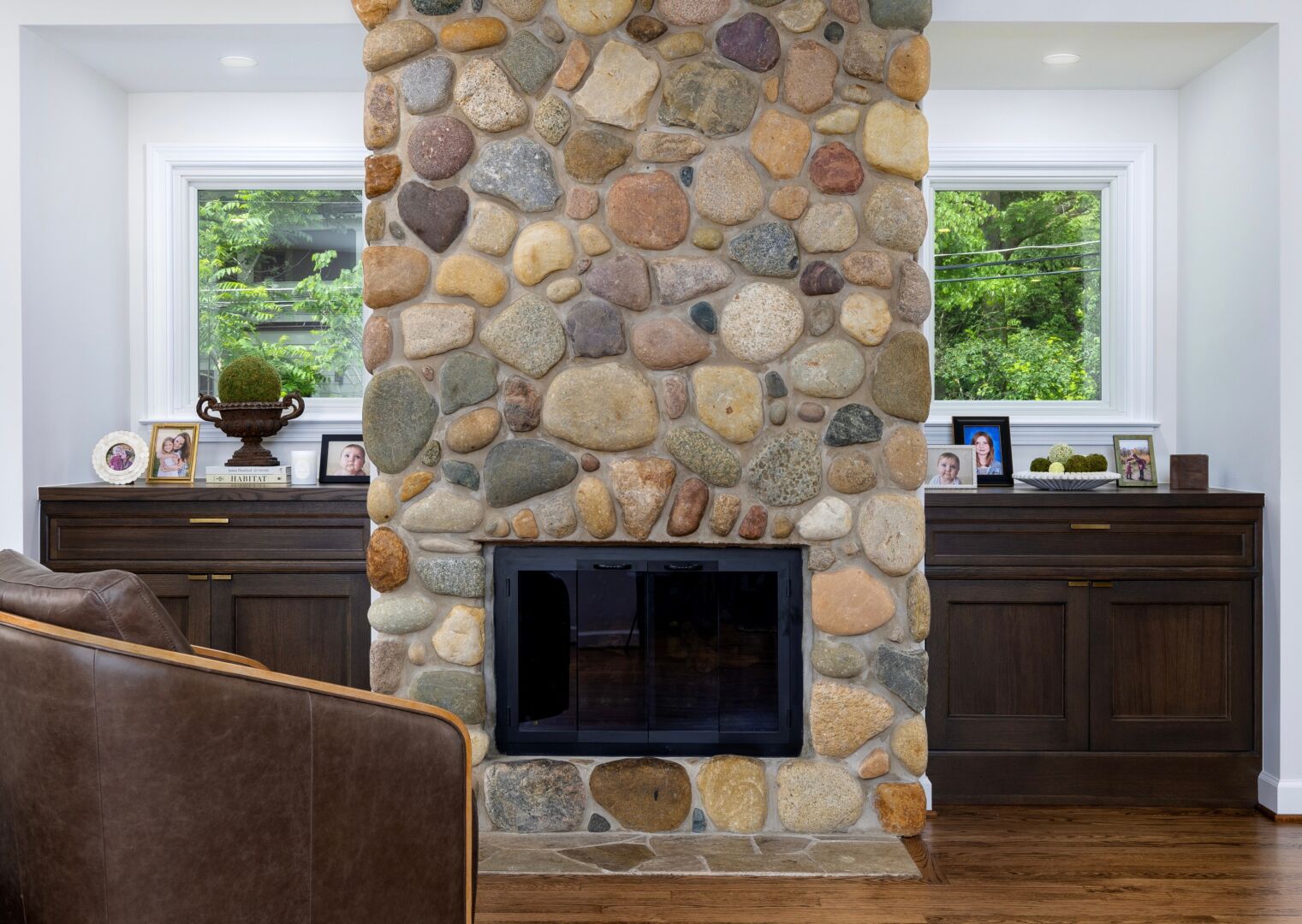
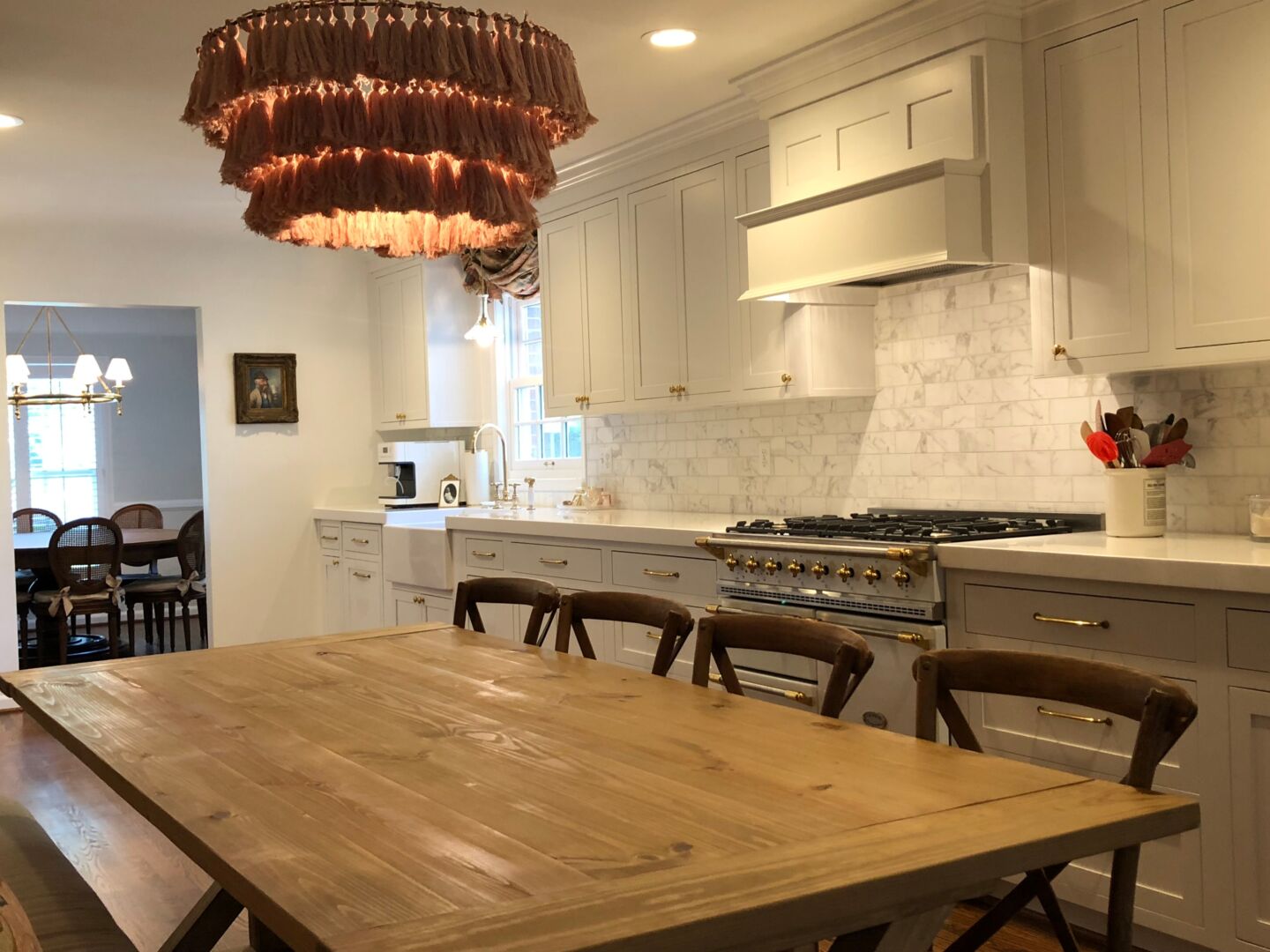
Any places to eat or things to do that you can share with our readers? If they have a friend visiting town, what are some spots they could take them to?
I would start the week with coffee from White Wolf Patisserie in Clawson, then head downtown to Eastern Market. We’d stop at White Lotus Farms for lemon cronuts and a carton of eggs, then wander the market — taking in the murals, exploring Flower Alley, and leaving with more garden inspiration than we know what to do with. Lunch would be at Little Lou’s Hot Chicken in Berkley, followed by a stroll through town. By dinnertime, we’d head to Bill’s in Bloomfield Hills for an eclectic, cozy meal in one of my favorite spots.
On Day 2, we’d start with coffee and macarons from Cannelle Patisserie in Birmingham before heading to Somerset Collection for a full day of shopping. In the evening, we’d have dinner at The Capital Grille — always classic, always celebratory. Day 3 would take us downtown again to explore the Shinola Hotel, grab food and drinks, then visit the Detroit Institute of Arts. After taking in all the beautiful artwork, we’d have a modern Italian dinner at SheWolf, complete with homemade pasta and beautifully curated design.
For Day 4, we’d take a relaxed walk through Birmingham’s downtown, then hop over to Clawson for sushi at Noble Fish — a hidden gem with a cult following. That evening, we’d drive up to Lake Orion for sizzling fajitas and margaritas at Sagebrush Cantina.
Day 5 would begin at Fleur Detroit, where we’d enjoy a floral demonstration and browse garden décor. Afterward, we’d head to Ferndale for a hotdog at Imperial and some time to explore the local shops. Dinner would be back in Birmingham at Tallulah Wine Bar — a cozy and welcoming favorite.
On Day 6, we’d start with breakfast at Commonwealth and spend the day exploring the art, architecture, and gardens at Cranbrook. For dinner, we’d enjoy elevated Mediterranean cuisine at Phoenicia.
Finally, on Day 7, we’d take a scenic drive out to Grosse Pointe to walk along the lake, shop in The Village, and relax over lunch or dinner at Flyleaf Bistro. It would be the perfect way to reflect on a week full of beauty, connection, and unforgettable experiences before heading to the airport.
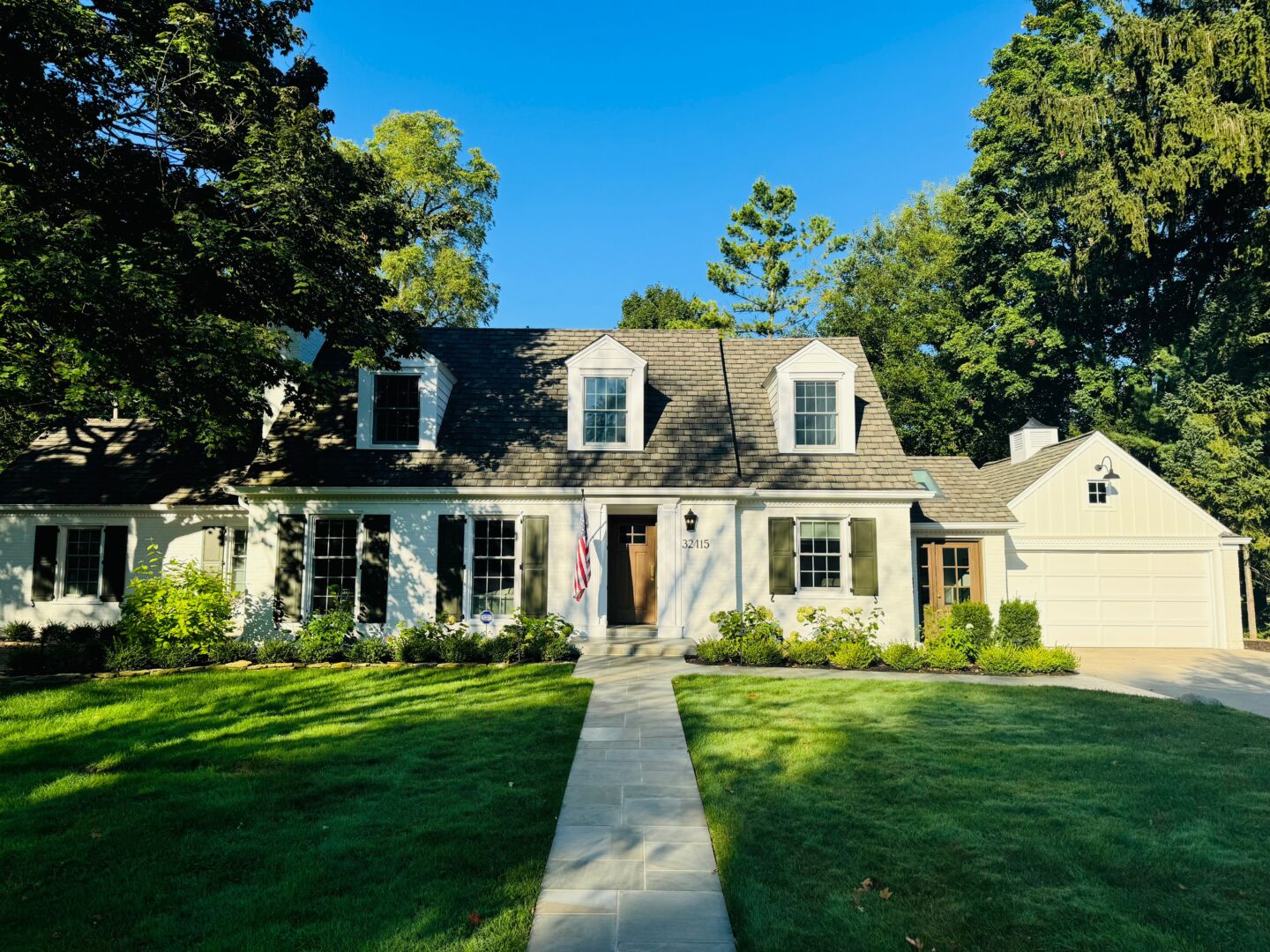
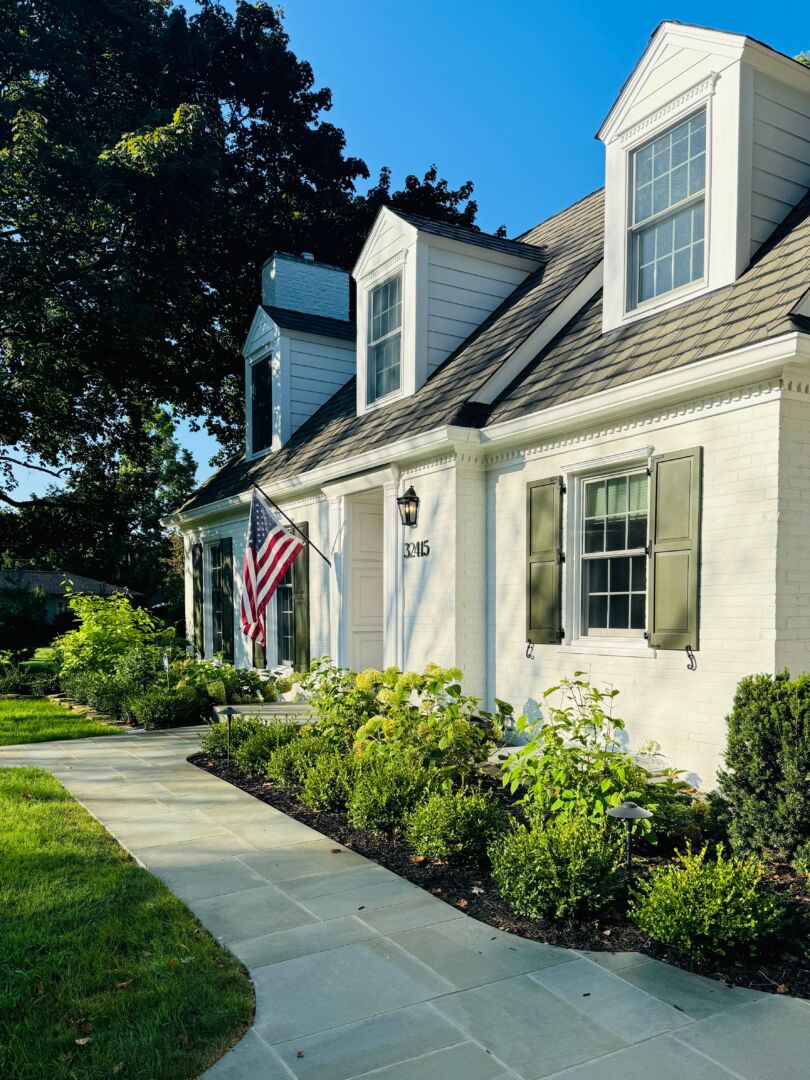
Shoutout is all about shouting out others who you feel deserve additional recognition and exposure. Who would you like to shoutout?
As I reflect on the continued growth of my interior design business, I want to thank my family for their unwavering support, encouragement and belief in my vision. Building a business rooted in residential construction and design has required long hours, creative risks, and a great deal of commitment. Their support and patience have been the foundation that’s allowed me to grow.
I would also like to thank the Michigan Design Center community, I’m incredibly grateful for the inspiration, collaboration, and connection they’ve provided. Being surrounded by such talented professionals, thoughtful mentors, and an environment that champions design excellence has been a gift. Their support has helped shape my business and allowed me to elevate the way I work with builders, trades, and clients alike.
Starting a design firm focused on integrating closely with the construction process was born out of a desire to do more than decorate. It was about understanding the mechanics of a home and working closely with the trades. I am forever grateful for their skill, knowledge and talent.
I’m excited for what’s to come and honored to know so many wonderful people who make it happen.
Website: https://www.gunnarolivier.com/
Instagram: https://www.instagram.com/gunnarolivier/?hl=en
Facebook: https://www.facebook.com/p/Gunnar-Olivier-100063074837918/
Other: https://www.michigandesign.com/showrooms/gunnar-olivier-design
https://www.pinterest.com/gunnarolivier/
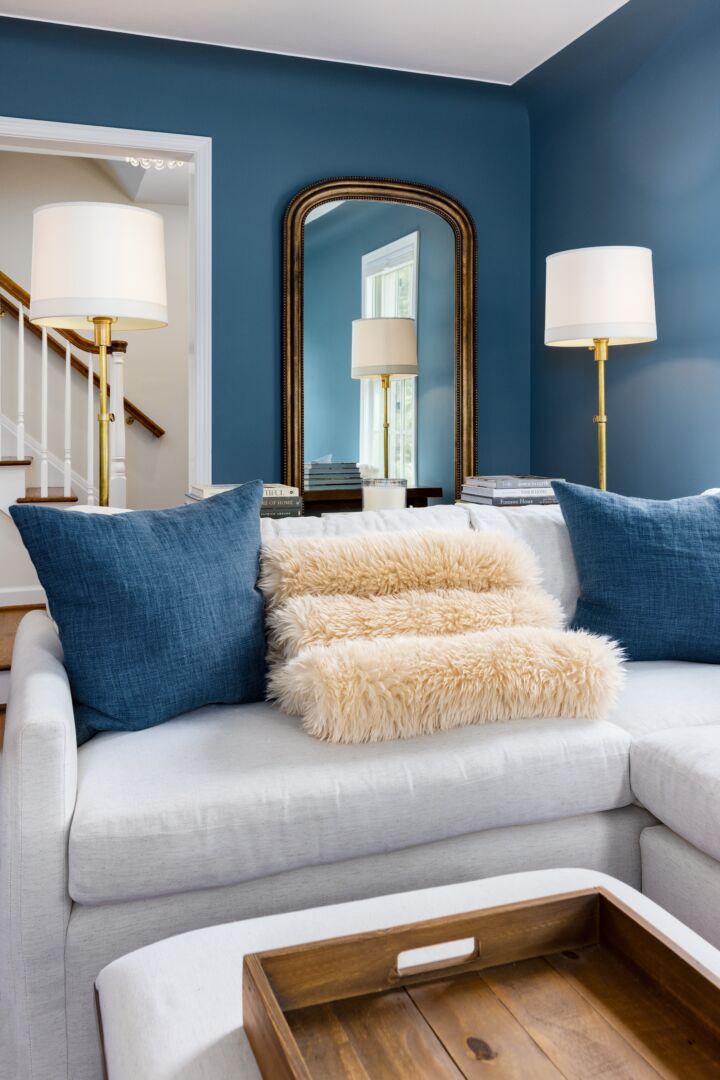
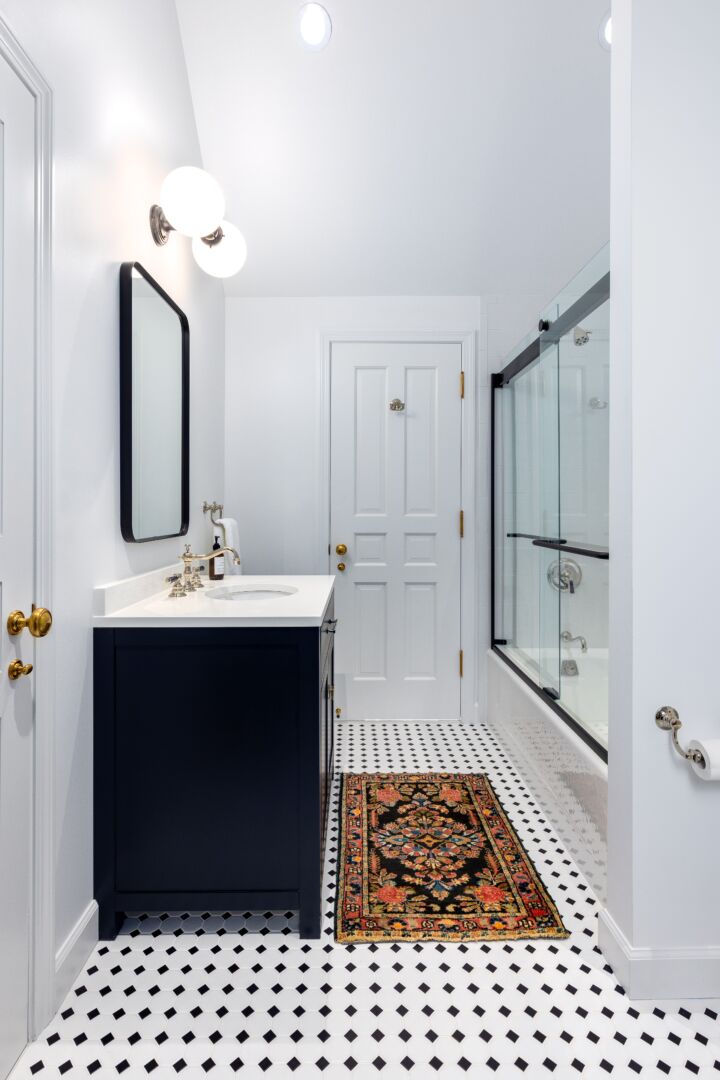
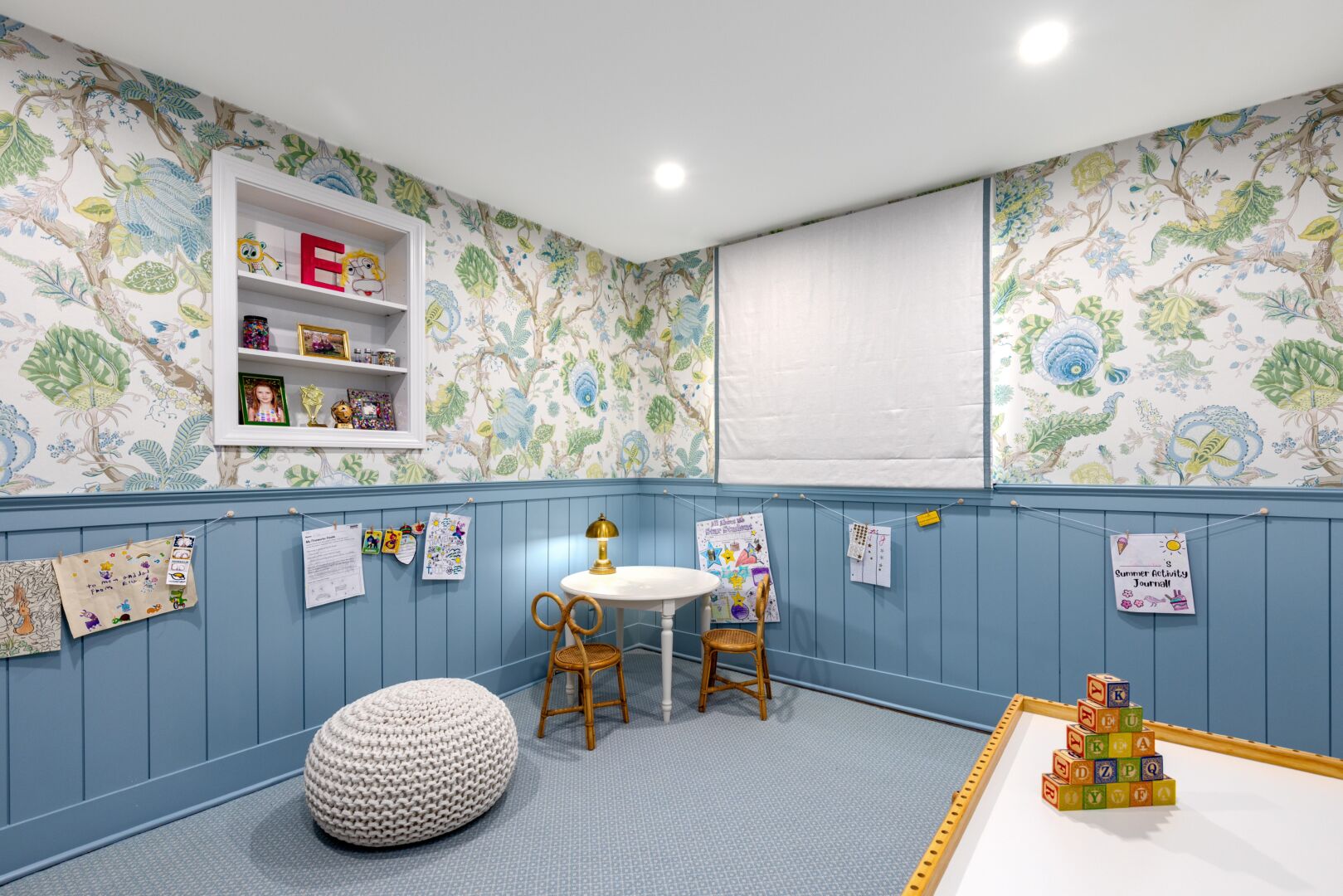
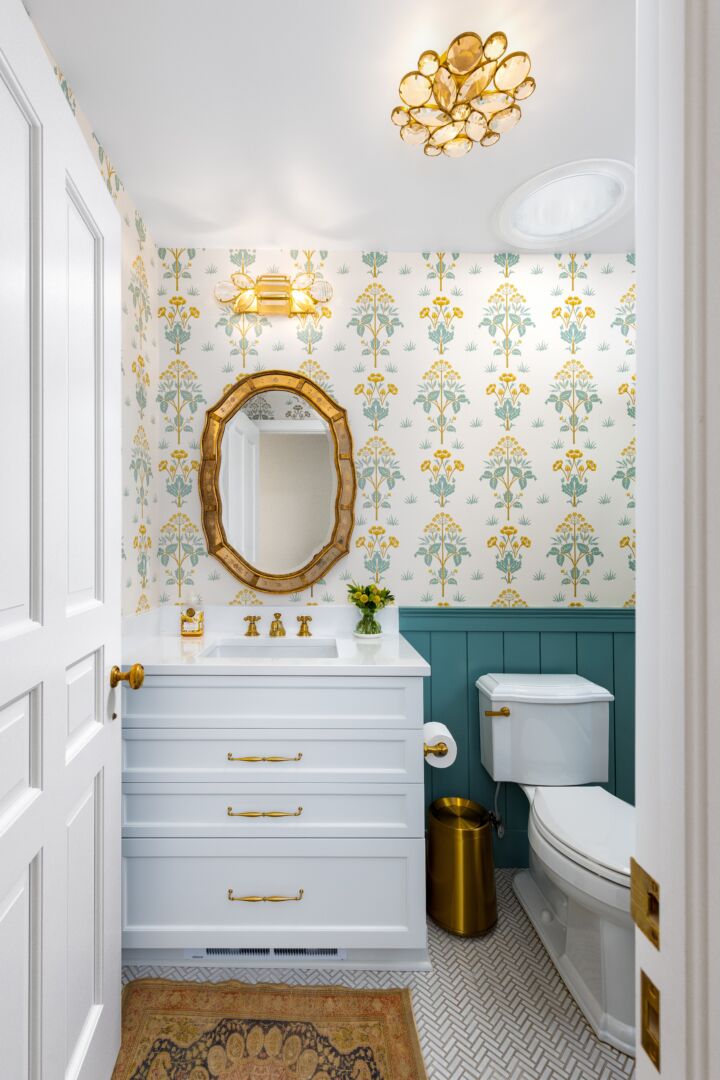
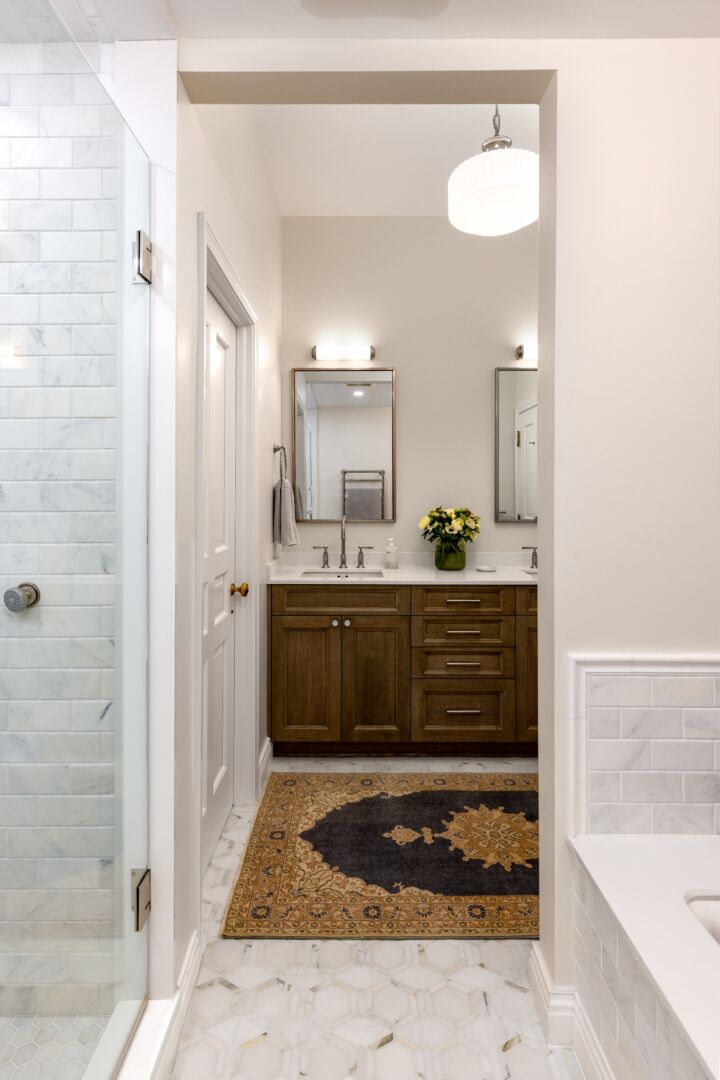
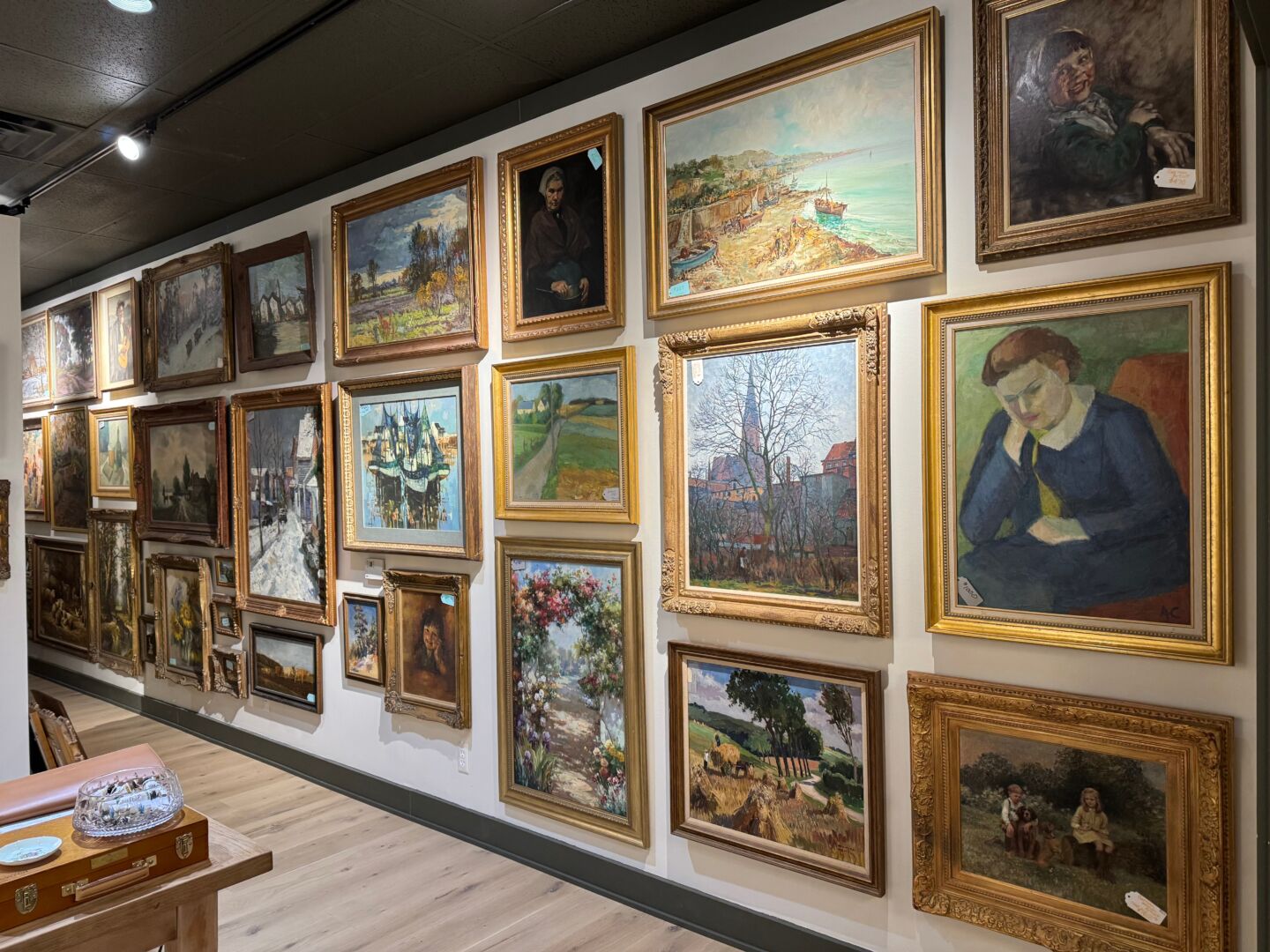
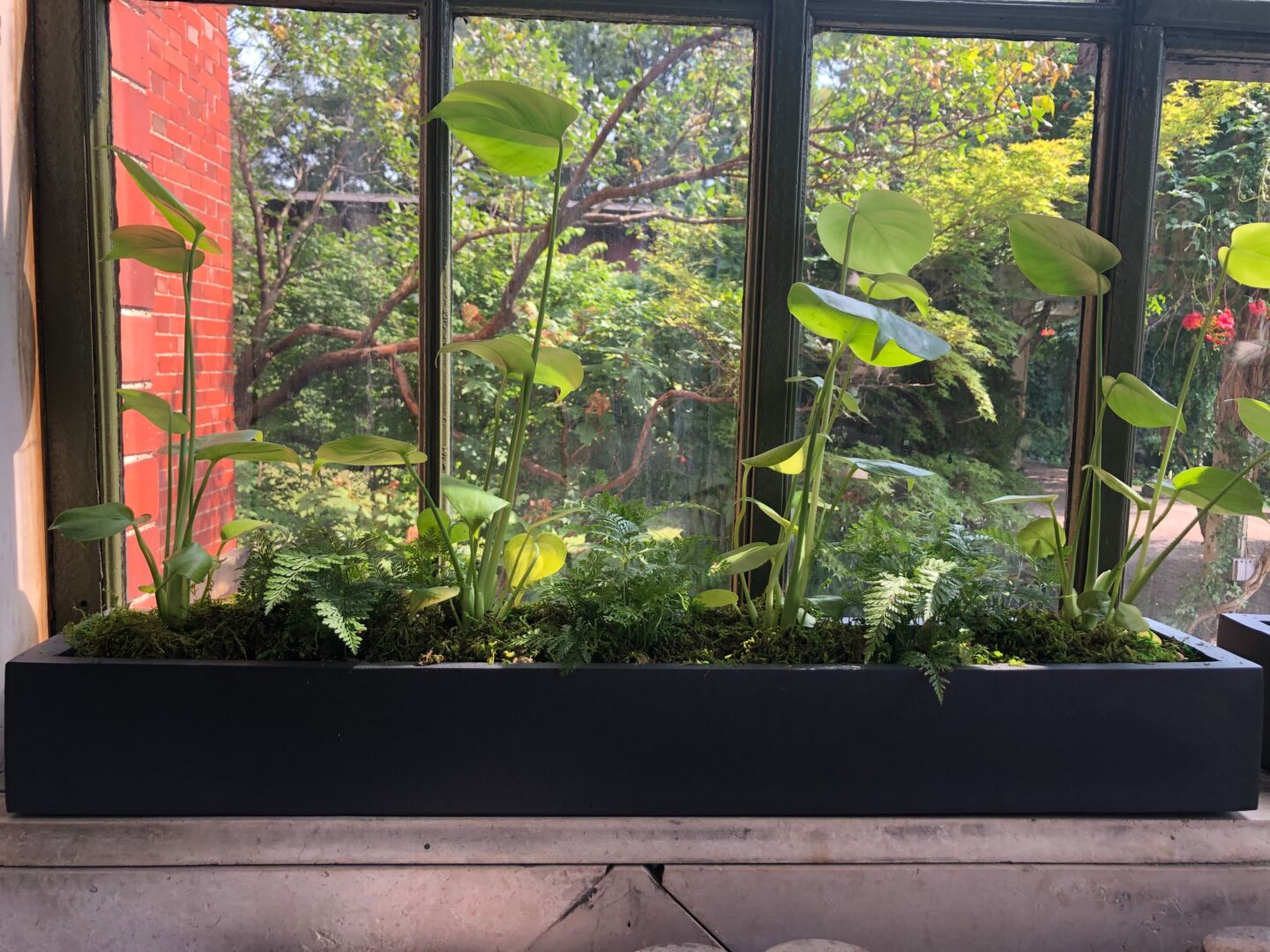
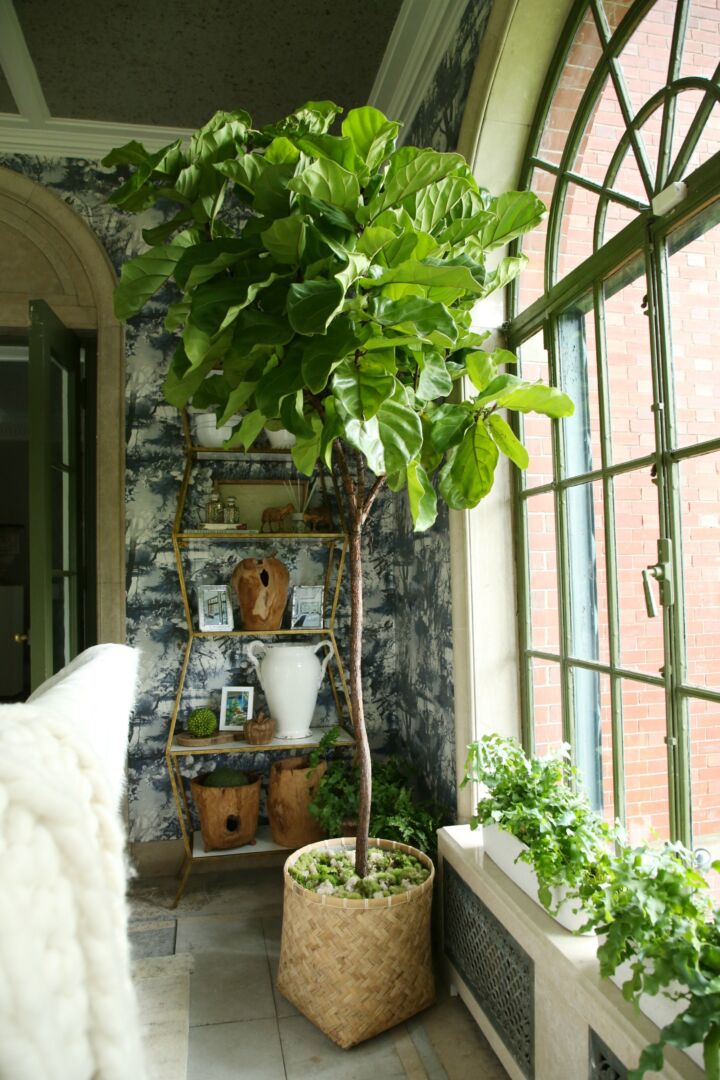
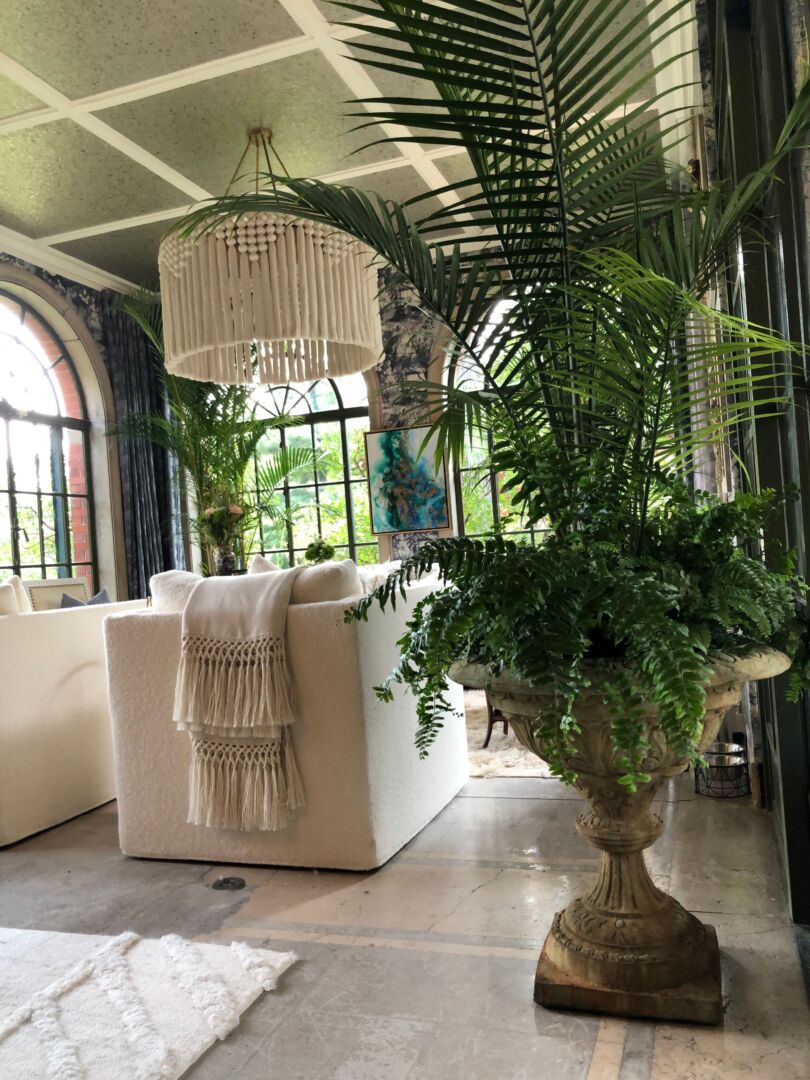
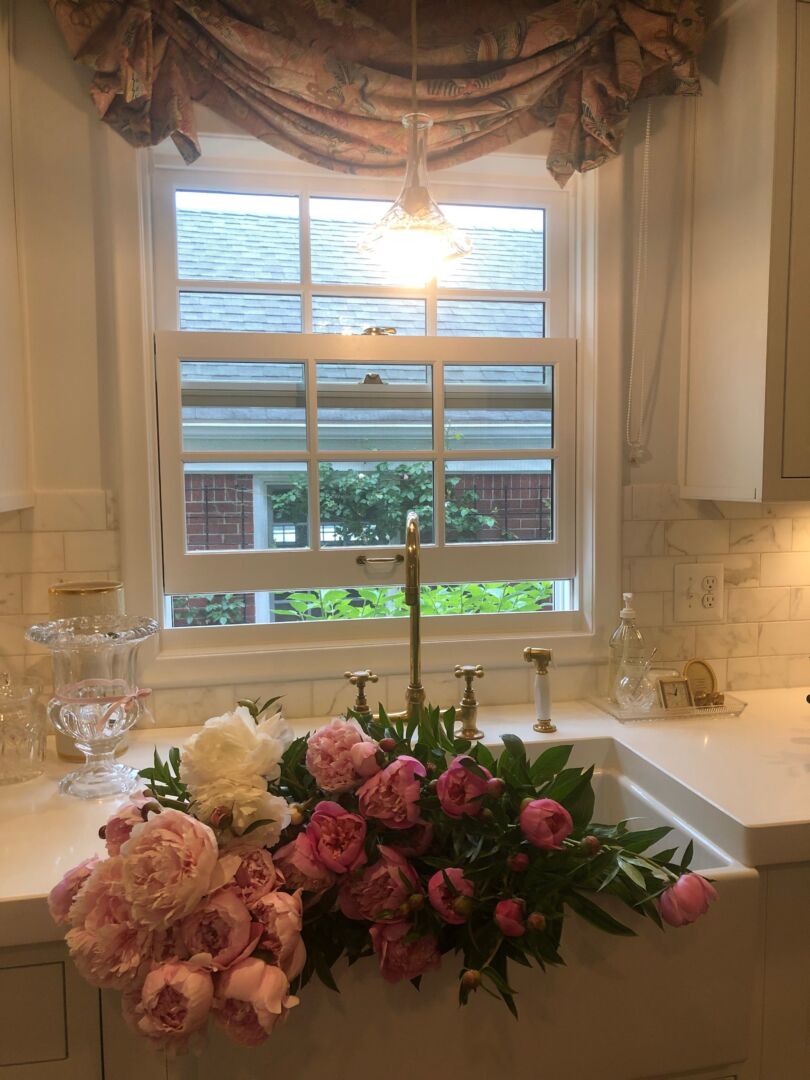
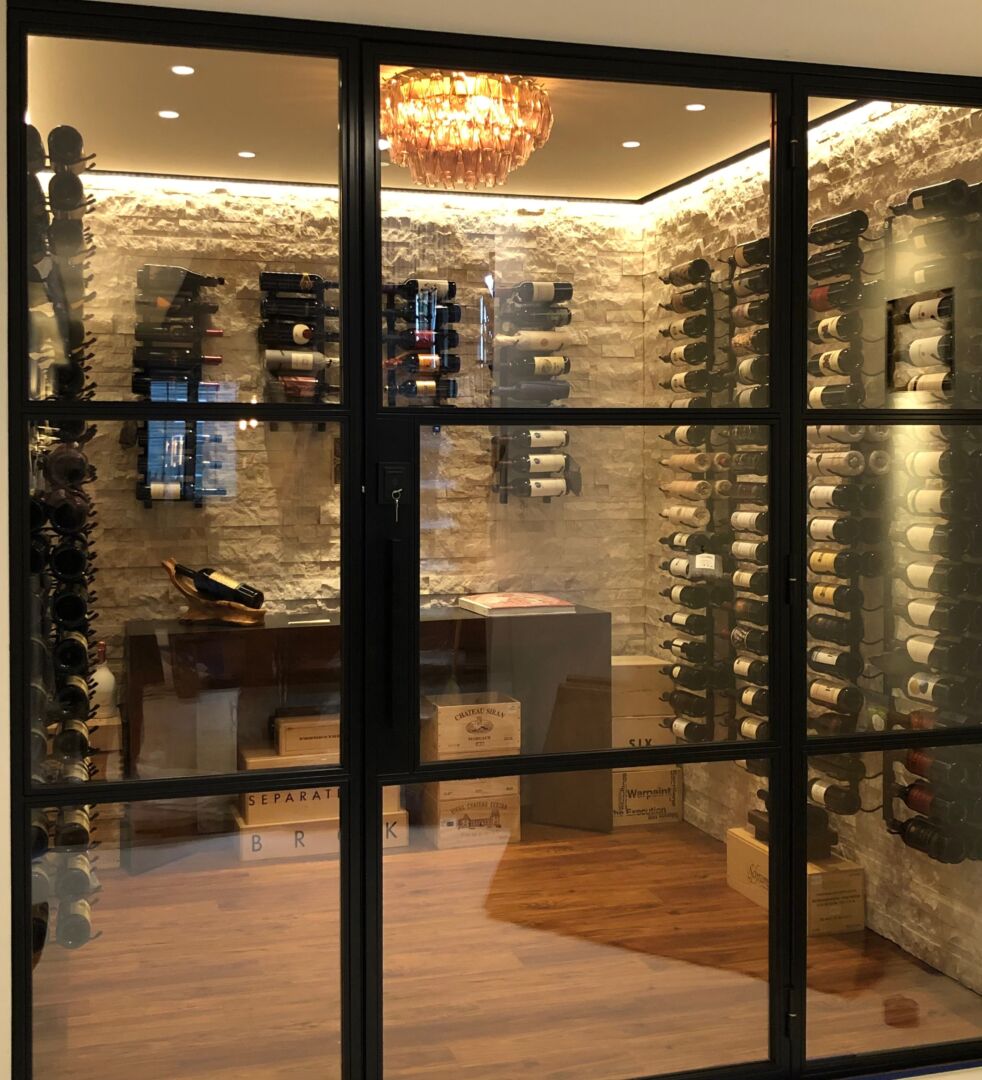
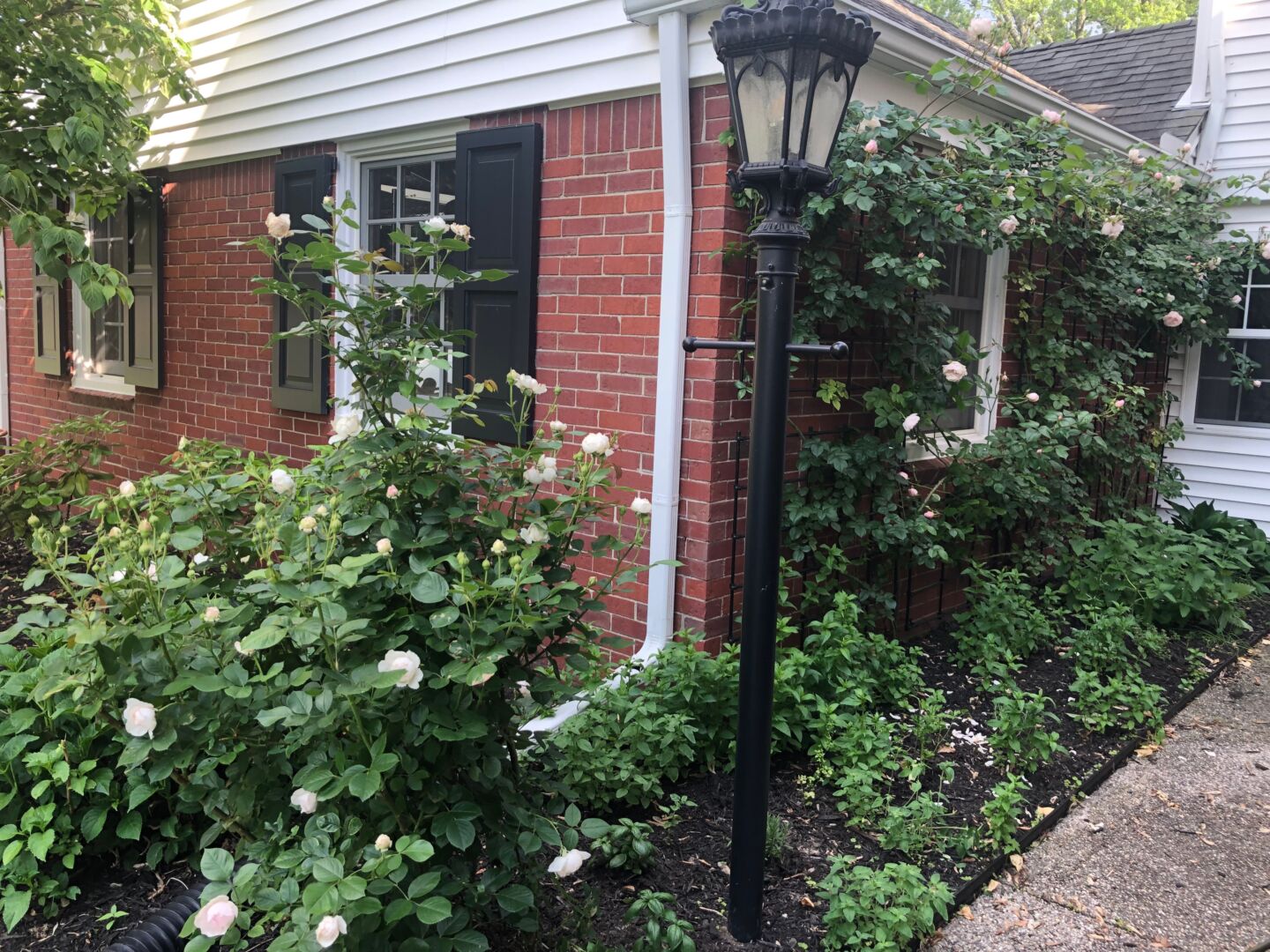
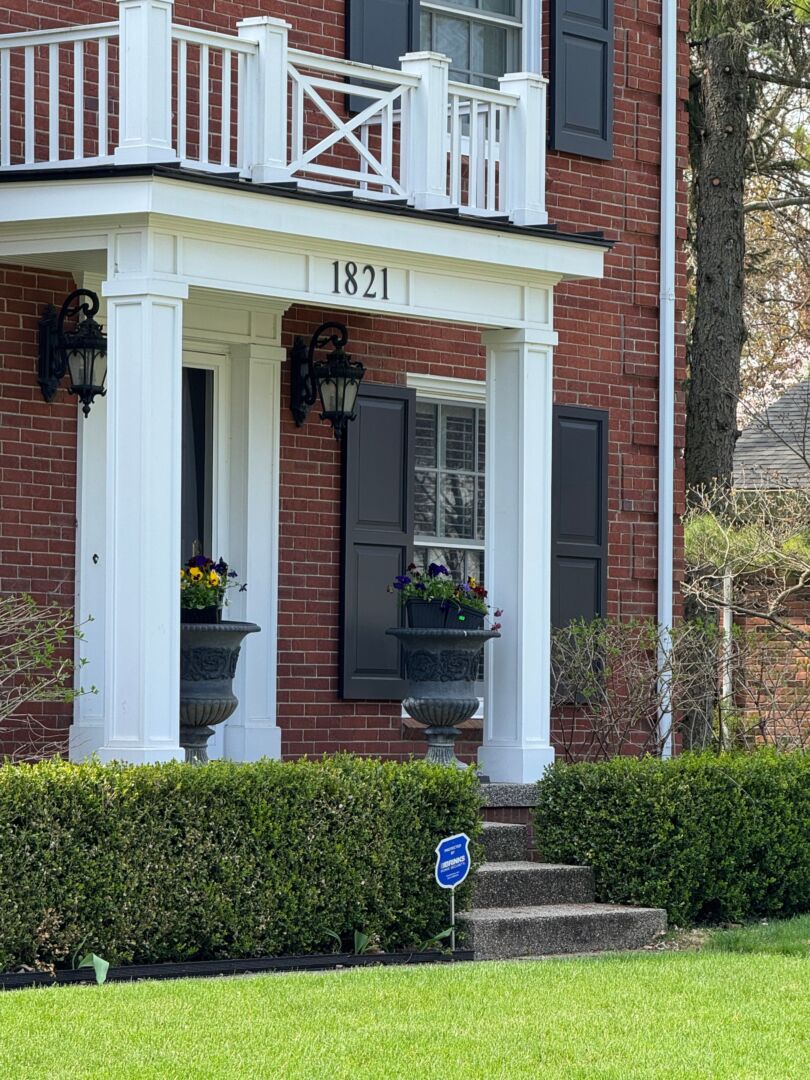
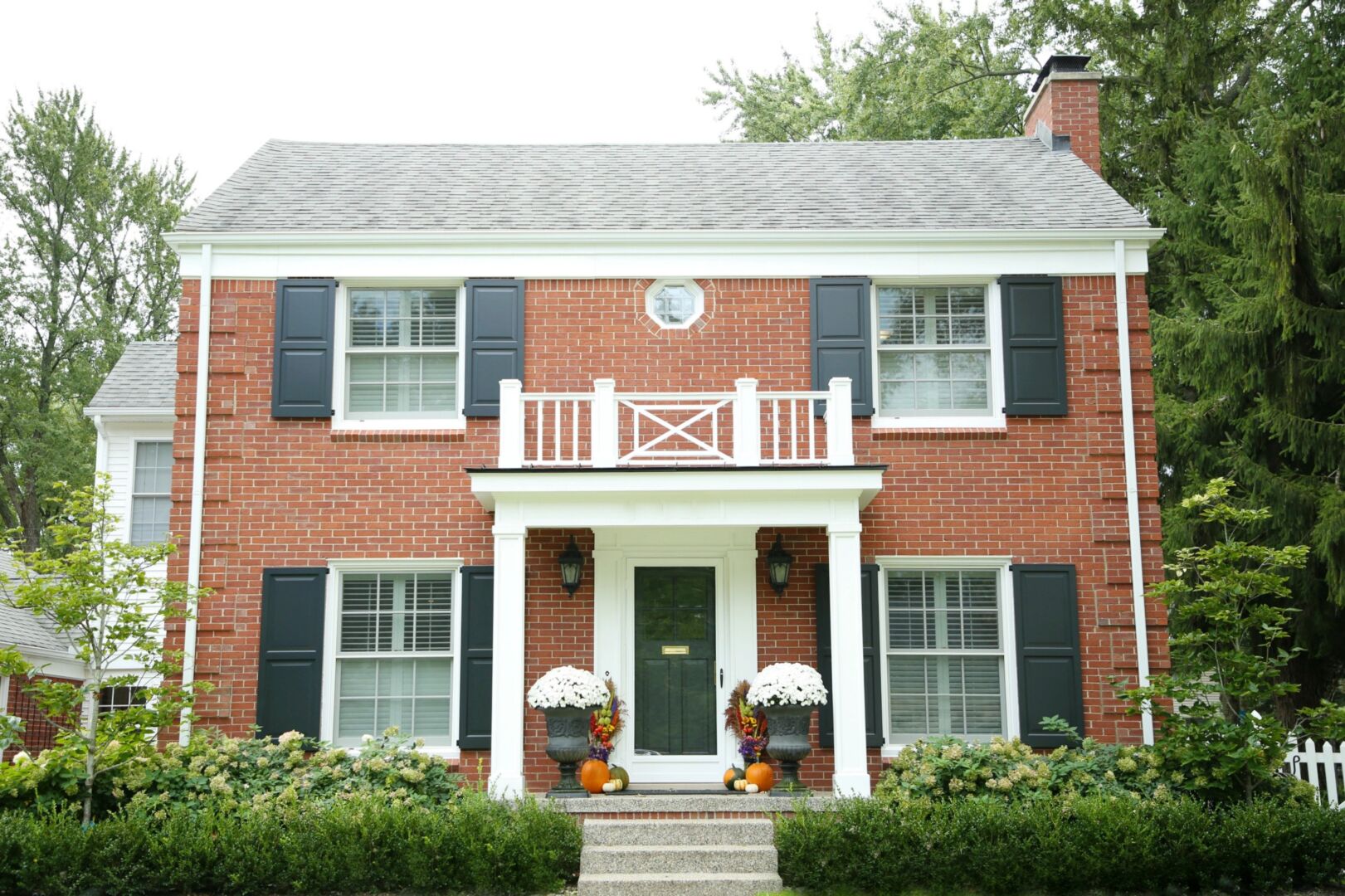
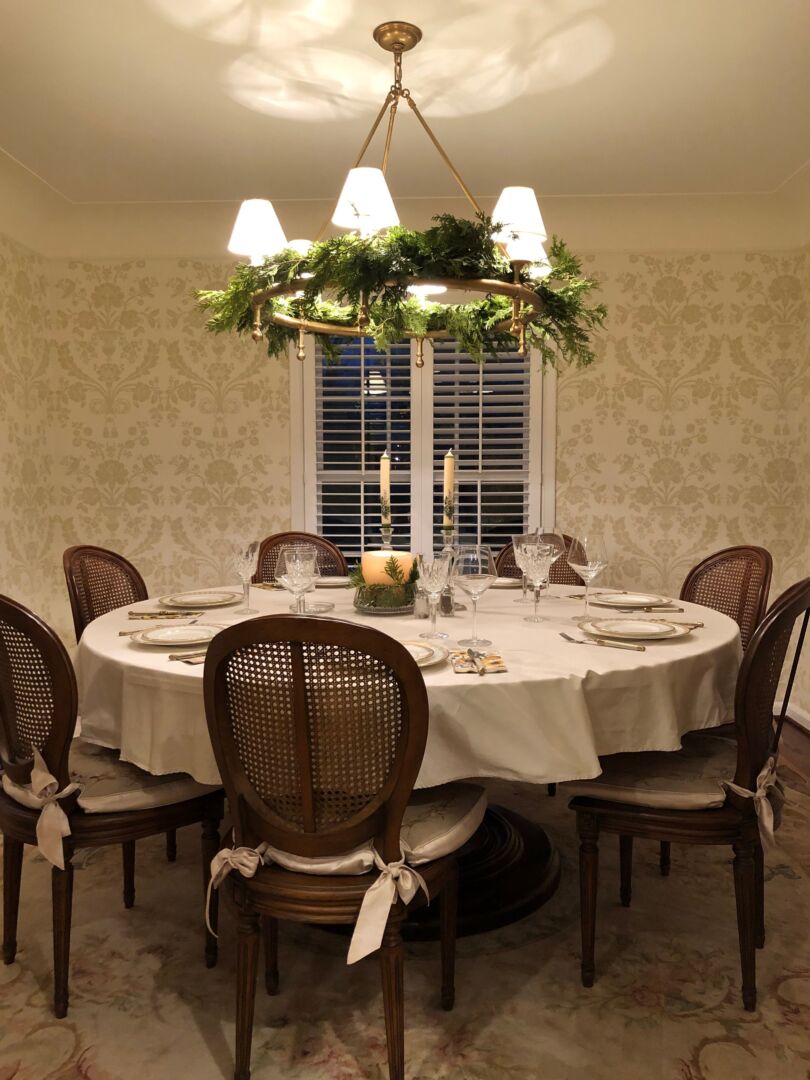
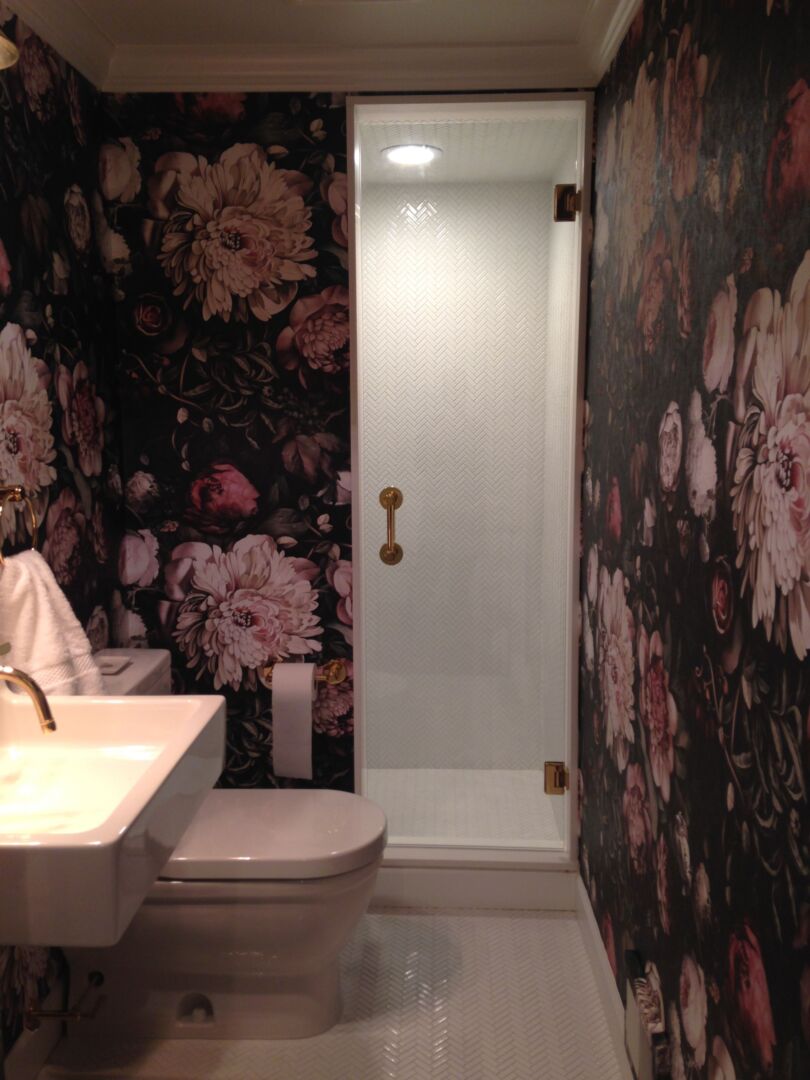
Image Credits
Erica Crosby and Laura McCaffery
